Title: The Role of Language and Communication in Promoting Diversity and Inclusion in the Workplace

Introduction:
In today's globalized and interconnected world, diversity and inclusion have become vital pillars for fostering innovation, productivity, and employee well-being in the workplace. While diversity encompasses differences in gender, race, ethnicity, age, religion, sexual orientation, and more, fostering a culture of inclusion ensures that every individual feels valued and respected. Language and communication play a crucial role in promoting diversity and inclusion within organizations. In this article, we will explore the significance of language and communication in creating an inclusive workplace, along with actionable strategies to foster diversity.
1. The Power of Inclusive Language:
Language shapes our perceptions, attitudes, and behaviors. Using inclusive language helps to create an environment where all individuals feel respected and included. It goes beyond avoiding discriminatory or offensive terms and encompasses the active use of language that recognizes and respects diversity. Inclusive language promotes a sense of belonging, increases engagement, and fosters positive relationships among employees. Moreover, it enhances the organization's reputation and attractiveness to diverse talent.
2. Cultivating Effective Cross-Cultural Communication:
In today's global workforce, organizations are increasingly multicultural and multilingual. Effective cross-cultural communication is essential to bridge differences and promote inclusion. This requires developing cultural intelligence, understanding non-verbal cues, and adapting communication styles to accommodate diverse perspectives. Embracing diversity in communication practices fosters an inclusive environment, encourages collaboration, and helps overcome language and cultural barriers.

3. Encouraging Active Listening:
Active listening is a fundamental skill for inclusive communication. It involves fully focusing on and understanding the speaker's message while being attentive to their non-verbal cues. Active listening shows respect and empathy, allowing individuals to feel heard and valued. When employees actively listen to each other, it promotes a culture of respect, enhances problem-solving, and encourages the sharing of diverse perspectives.
4. Addressing Unconscious Bias in Communication:
Unconscious biases can influence our language choices and communication patterns. It is crucial to recognize and address these biases to foster an inclusive workplace. By raising awareness and providing training on unconscious bias, organizations can help employees identify and challenge their own biases. Implementing unbiased language guidelines, such as gender-neutral language, can also contribute to an inclusive and respectful communication environment.
5. Promoting Employee Resource Groups:
Employee Resource Groups (ERGs) are voluntary, employee-led groups that bring together individuals with shared identities or interests. ERGs provide a platform for underrepresented employees to connect, share experiences, and contribute to an inclusive workplace. Language and communication play a pivotal role in supporting ERGs by providing opportunities for members to express themselves, organize events, and raise awareness about diversity and inclusion.
6. Providing Diversity and Inclusion Training:
Organizations should invest in comprehensive diversity and inclusion training programs to equip employees with the necessary skills and knowledge. These programs should cover topics such as unconscious bias, cultural competence, and inclusive language. Training sessions can help employees understand the importance of diversity, challenge stereotypes, and enhance their communication skills to create an inclusive environment.

Conclusion:
Language and communication serve as powerful tools for fostering diversity and inclusion in the workplace. By employing inclusive language, cultivating effective cross-cultural communication, encouraging active listening, addressing unconscious bias, promoting employee resource groups, and providing training, organizations can create an environment where every individual feels valued, respected, and included. Embracing diversity and inclusion not only enhances employee well-being but also drives innovation, creativity, and productivity, leading to a stronger and more successful organization.



